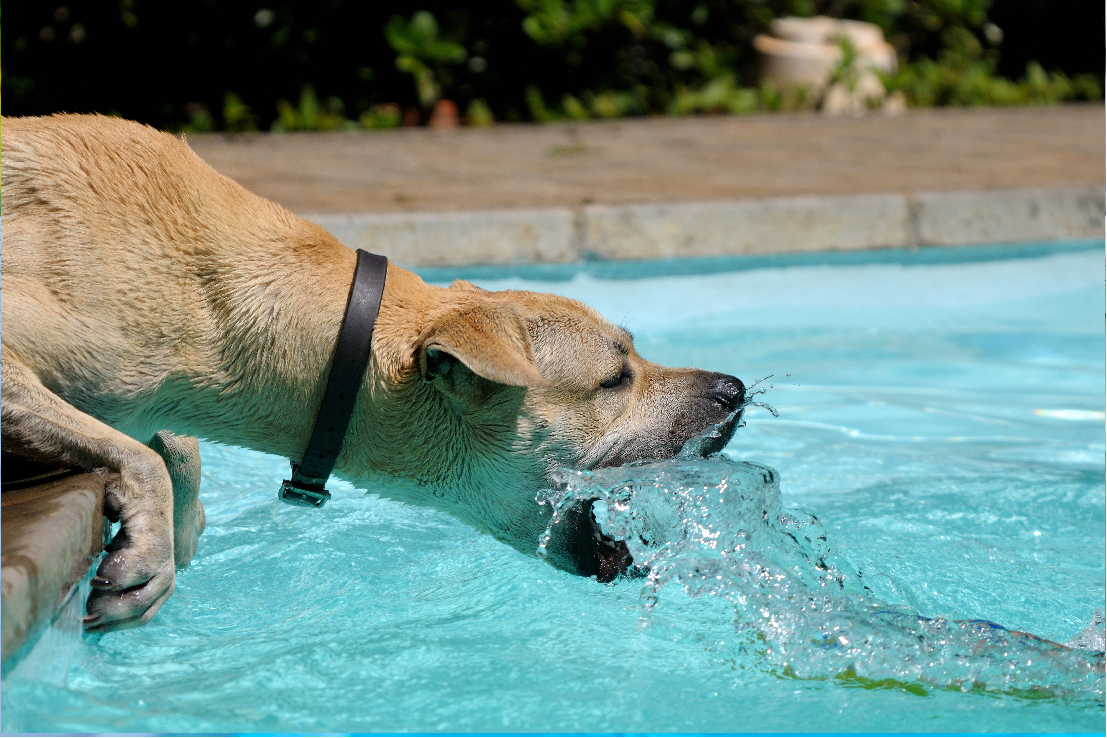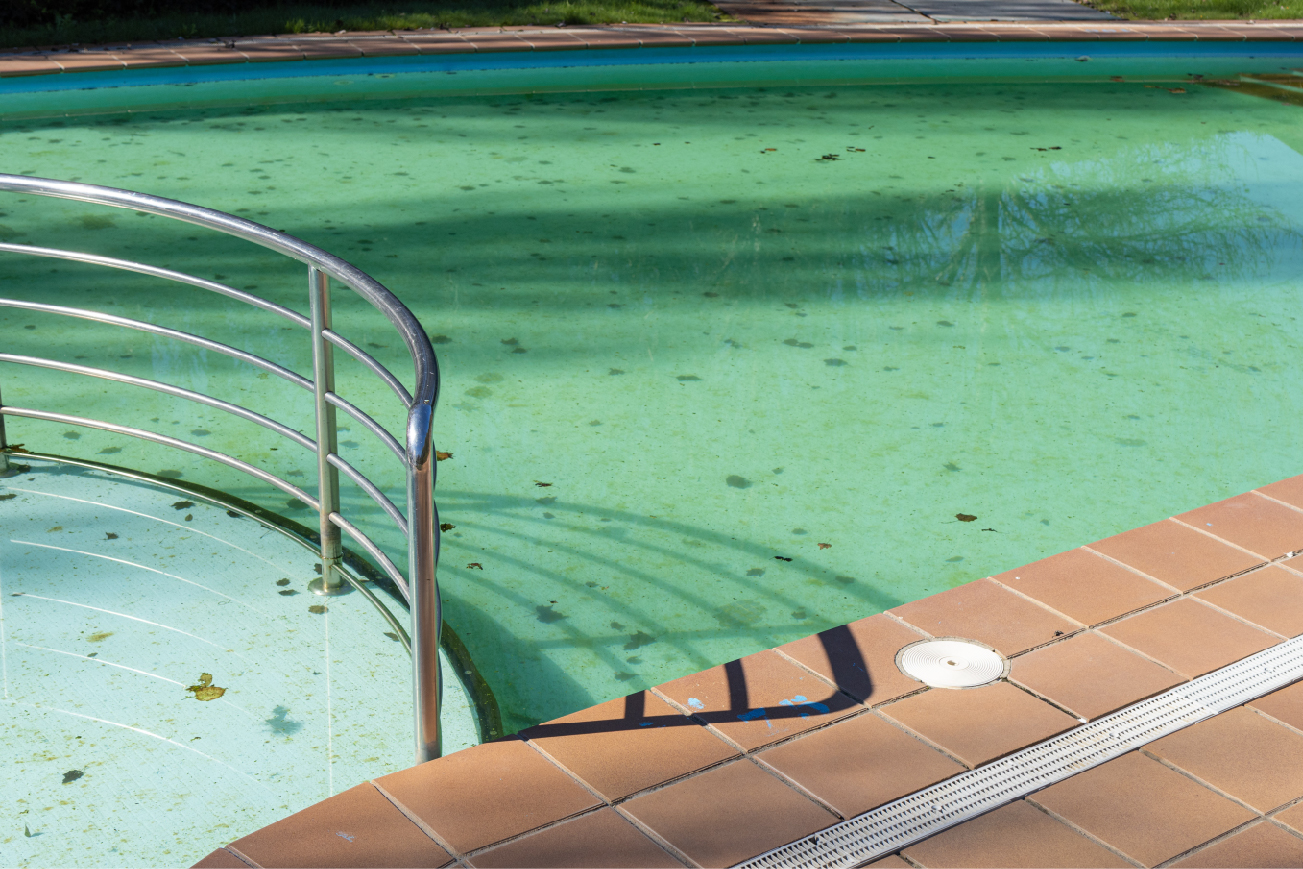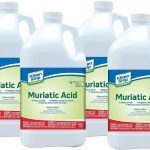
Understanding the Swimming Pool Saturation Index: A Comprehensive Guide to Maintaining Water Balance
The Importance of the Saturation Index, Its Influencing Factors, and How to Correct Imbalances for a Healthy Swimming Environment
The swimming pool saturation index, also known as the Langelier Saturation Index (LSI), is a crucial aspect of pool water chemistry that helps maintain water balance and prevent potential damage to pool surfaces and equipment. In this article, we will discuss what the saturation index is, why it’s important, the chemicals that impact it, the negative consequences of imbalances, and how to correct and maintain a proper saturation index.
What is the Saturation Index?
The saturation index is a calculated value that helps determine the water’s balance by considering various factors such as pH, total alkalinity, calcium hardness, and water temperature. The index measures the water’s tendency to be either corrosive (negative values) or scaling (positive values). A saturation index close to zero indicates balanced water, minimizing the risk of damage to pool surfaces and equipment.
Why is the Saturation Index Important?
- Protecting Pool Surfaces: Maintaining a balanced saturation index helps protect pool surfaces from etching, staining, or scaling, preserving their appearance and longevity.
- Preventing Equipment Damage: A proper saturation index prevents damage to pool equipment and plumbing systems by minimizing the risk of corrosion or scaling.
- Water Quality: A balanced saturation index contributes to overall water quality, ensuring a safe and comfortable swimming environment.
Chemicals Impacting the Saturation Index
- pH: The acidity or alkalinity of the water directly influences the saturation index. Ideal pH levels for a swimming pool are between 7.4 and 7.6.
- Total Alkalinity: Total alkalinity measures the water’s buffering capacity, which helps maintain stable pH levels. The recommended range for total alkalinity is between 80 and 120 ppm.
- Calcium Hardness: Calcium hardness refers to the concentration of calcium ions in the water. Ideal calcium hardness levels for a swimming pool are between 200 and 400 ppm.
- Water Temperature: The water’s temperature can also affect the saturation index, with warmer water typically being more susceptible to scaling.
Negative Consequences of Imbalances
- Corrosive Water: A negative saturation index indicates corrosive water, which can lead to etching and staining of pool surfaces, as well as damage to metal fixtures and equipment.
- Scaling Water: A positive saturation index signifies scaling water, which can cause calcium deposits to form on pool surfaces, clog filters, and reduce circulation.
How to Correct and Maintain a Proper Saturation Index
- Test the Water: Regularly test your pool water for pH, total alkalinity, calcium hardness, and temperature to determine the current saturation index.
- Adjust pH Levels: If the pH is too high or too low, adjust it using either an acid (e.g., muriatic acid) or a base (e.g., soda ash) according to the manufacturer’s instructions.
- Balance Total Alkalinity: If total alkalinity is out of range, use sodium bicarbonate to raise it or muriatic acid to lower it, following the product guidelines.
- Manage Calcium Hardness: To adjust calcium hardness, use calcium chloride to raise it or dilute the pool water with fresh water to lower it.
- Monitor Temperature: Be aware of how temperature fluctuations may impact the saturation index and adjust other factors accordingly to maintain balance.
- Regular Maintenance: Consistently test and adjust water chemistry, maintain the filtration system, and clean the pool surfaces to preserve a balanced saturation index.
The swimming pool saturation index is a critical component of pool water chemistry, helping to maintain water balance and prevent potential damage to pool surfaces and equipment. Understanding the saturation index, its importance, and the chemicals that influence it is essential for pool owners to maintain a safe and healthy swimming environment.
By regularly testing and adjusting pool water parameters, such as pH, total alkalinity, calcium hardness, and temperature, pool owners can correct and, a well-balanced saturation index is key to ensuring the longevity of your pool surfaces and equipment, as well as providing an enjoyable and comfortable swimming experience. By monitoring and maintaining the saturation index, pool owners can enjoy the benefits of a well-maintained swimming pool and avoid costly damage or repairs.




